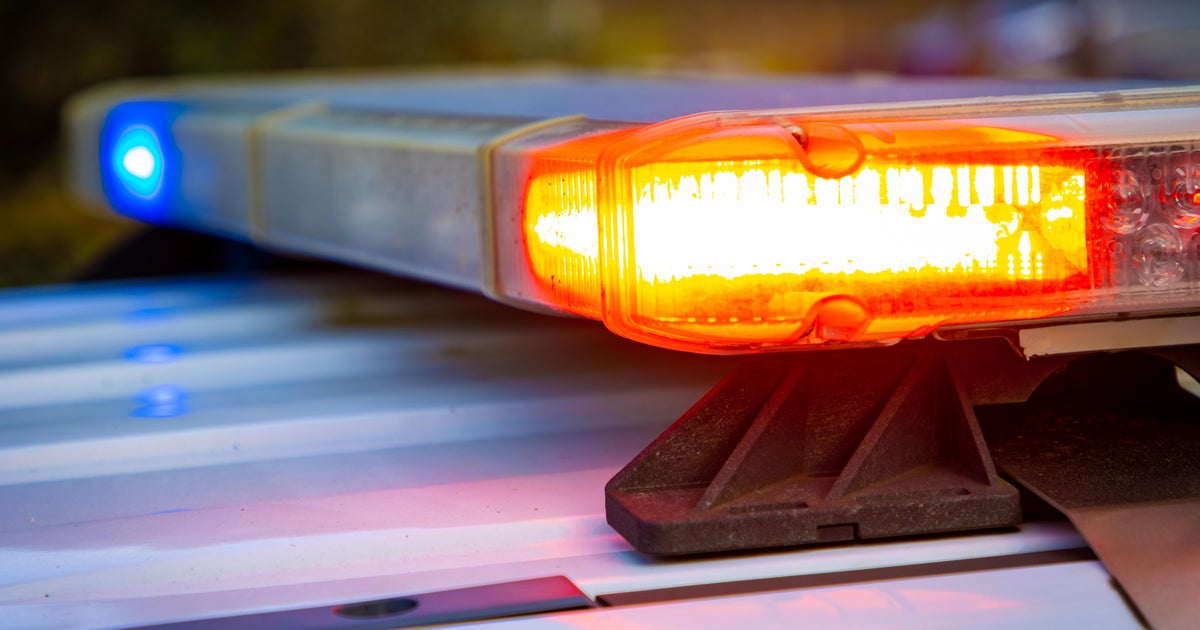SpaceX test-fires "used" rocket for Thursday launch
SpaceX briefly fired the nine first-stage engines of a previously flown Falcon 9 first stage rocket Monday in a dramatic pre-flight test to clear the way for launch of an SES communications satellite Thursday. The launching will mark the first flight of a “used” booster, a key element in company founder Elon Musk’s drive to lower launch costs.
The rocket’s nine Merlin 1D engines roared to life at 2 p.m. EDT (GMT-5) and shut down about three seconds later. A billowing cloud of white exhaust blossomed over pad 39A at the Kennedy Space Center, towering into the afternoon sky and quickly dissipating.
The short static firing, or “hot-fire” test, is a routine pre-flight procedure for SpaceX to help engineers verify the rocket is ready for launch.
Assuming analysis of telemetry confirms good performance, SpaceX should be clear to press ahead with plans to launch the SES-10 relay station Thursday at 6 p.m., the opening of a two-and-a-half-hour window. Forecasters are predicting a 70 percent chance of acceptable weather.
The SES-10 satellite, built by Airbus Defence and Space, will be used to provide direct-to-home television and high-speed data services across Latin America and the Caribbean. SES was an early supporter of SpaceX, the rocket builder’s first commercial customer and the first to sign up for a ride on a “flight proven” booster.
“Having been the first commercial satellite operator to launch with SpaceX back in 2013, we are excited to once again be the first customer to launch on SpaceX’s first ever mission using a flight-proven rocket,” Martin Halliwell, chief technology officer at SES, said in an earlier statement.
“We believe reusable rockets will open up a new era of spaceflight, and make access to space more efficient in terms of cost and manifest management.”
This will be SpaceX’s fourth launch this year after a flight from Vandenberg Air Force Base, Calif, on Jan. 14 to launch 10 Iridium NEXT satellites, a space station resupply mission launched from pad 39A on Feb. 19 and launch of an EchoStar communications satellite on March 16, also from the Kennedy Space Center.
SpaceX has made 13 attempts to recover first stages after launch, successfully bringing back eight boosters to date. Five of those landed on off-shore drone ships while three returned to landings at the Cape Canaveral Air Force Station.
The first stage assigned to the SES-10 mission was first launched on April 8, 2016, helping boost a SpaceX cargo ship into orbit to deliver supplies to the International Space Station. The first stage completed SpaceX’s second successful landing, its first on a droneship.
After recovery, the stage was hauled back to Port Canaveral and subjected to a detailed post flight inspection. It was then refurbished, tested again and prepared for its second launch.
Halliwell said the “due diligence” SpaceX demonstrated preparing the rocket for flight “gives us full confidence that SpaceX is capable of launching our first SES satellite dedicated to Latin America into space.”
It’s not yet clear how many times SpaceX might be able to re-fly booster stages, but a company droneship departed Port Canaveral Saturday to await this rocket’s second landing attempt.




